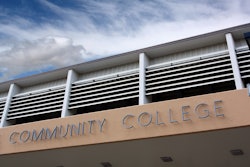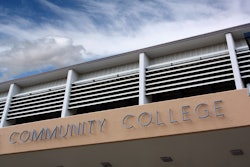Although California’s modern economy has relied heavily on highly skilled out-of-state U.S.-born and immigrant talent, a newly released study by the Public Policy Institute of California says that meeting state work force needs over the next two decades will require sharp increases in the production of college-educated native Californians.
In “Can California Import Enough College Graduates to Meet Workforce Needs,” authors Hans P. Johnson and Deborah Reed “assess whether the state will be able to attract enough college graduates from other states and other countries to meet the projected economic demand” for highly skilled workers. But one major obstacle is California’s high cost of housing, which is believed to have “made the state less accessible to residents of other states,” according to the study.
“We conclude that it is extremely unlikely that the projected need for highly skilled workers will be met mainly through the increased migration of college-educated workers,” the authors write. “However, increases in college participation and graduation among California residents could help meet these future demands.”
The authors show that in 2005 only 30 percent of California adults 25 years of age and older had attained a college degree, making it 12th among U.S. states. They estimate that if economic growth trends hold true “two of every five jobs (41 percent) will require a college graduate” in the year 2025. However, their data reveals that while annual net migration of college graduates to California necessary to meet projected economic growth is 158,400, annual net migration of college-educated immigrants to California was just 55,760 between 2000 and 2005.
“There’s a gap or mismatch between the future demand for highly educated workers and the supply of such workers,” says Johnson. The state will meet that demand for new workers “only if it attracts college graduates in unprecedented numbers, and judging by recent trends this seems unlikely.”
For decades after World War II, non-native Californians comprised the majority of the state’s college-educated work force. The postwar years saw the California economy surge as the state became a world leader in the aerospace, semiconductor, software and other high-tech industries. In 1960, 1970 and 1980, non-native, U.S.-born citizens made up 66, 64 and 53 percent, respectively, of college-educated California residents. By 2005, the U.S.-born, non-native Californians were 33 percent of the college graduates in the state.
In more recent years, the ranks of foreign-born state residents with college degrees have increased enough to become a substantial share of California’s college graduates. In 1960, foreign-born residents were just 8 percent of California’s college-educated population. By 2005, they accounted for 31 percent of the state’s college graduates, according to census data used in the study. The study, which references the immigration reform legislation that the U.S. Congress is currently considering, says it’s highly unlikely that reform measures to increase the numbers of skilled workers allowed into the U.S. will result in a sufficient flow of educated immigrants to California.















